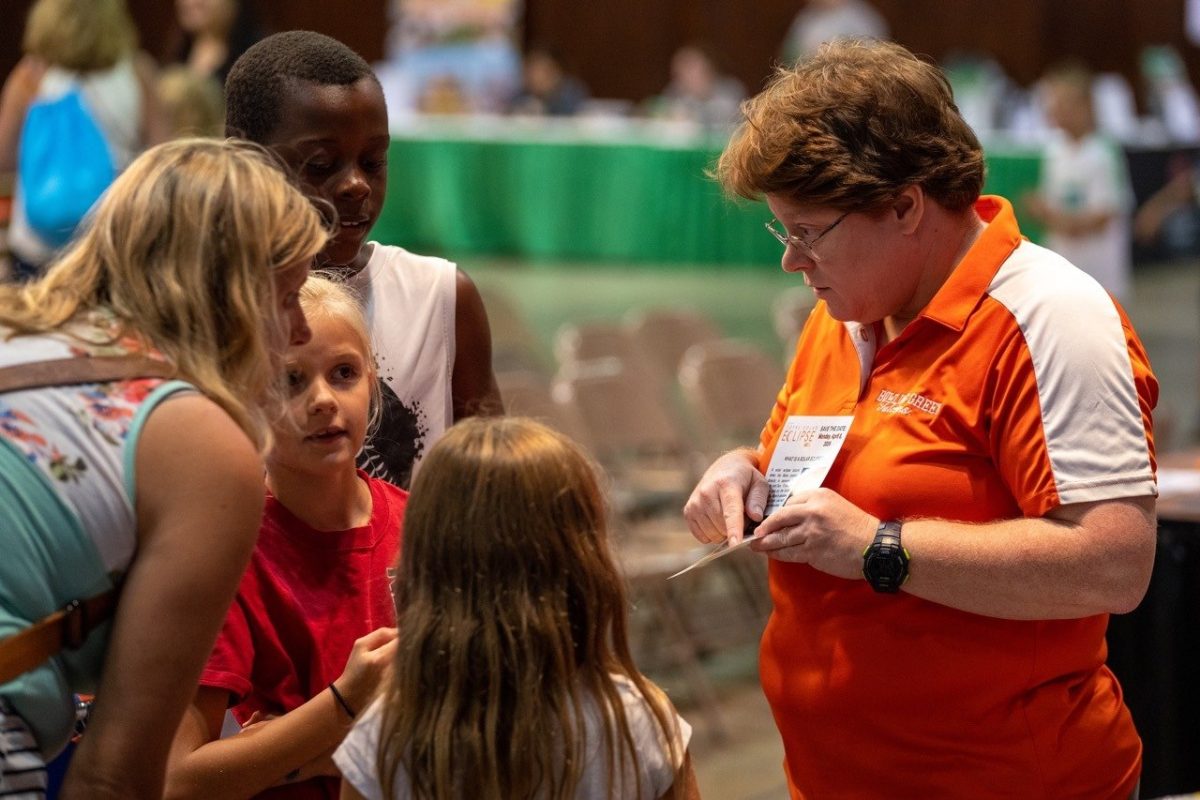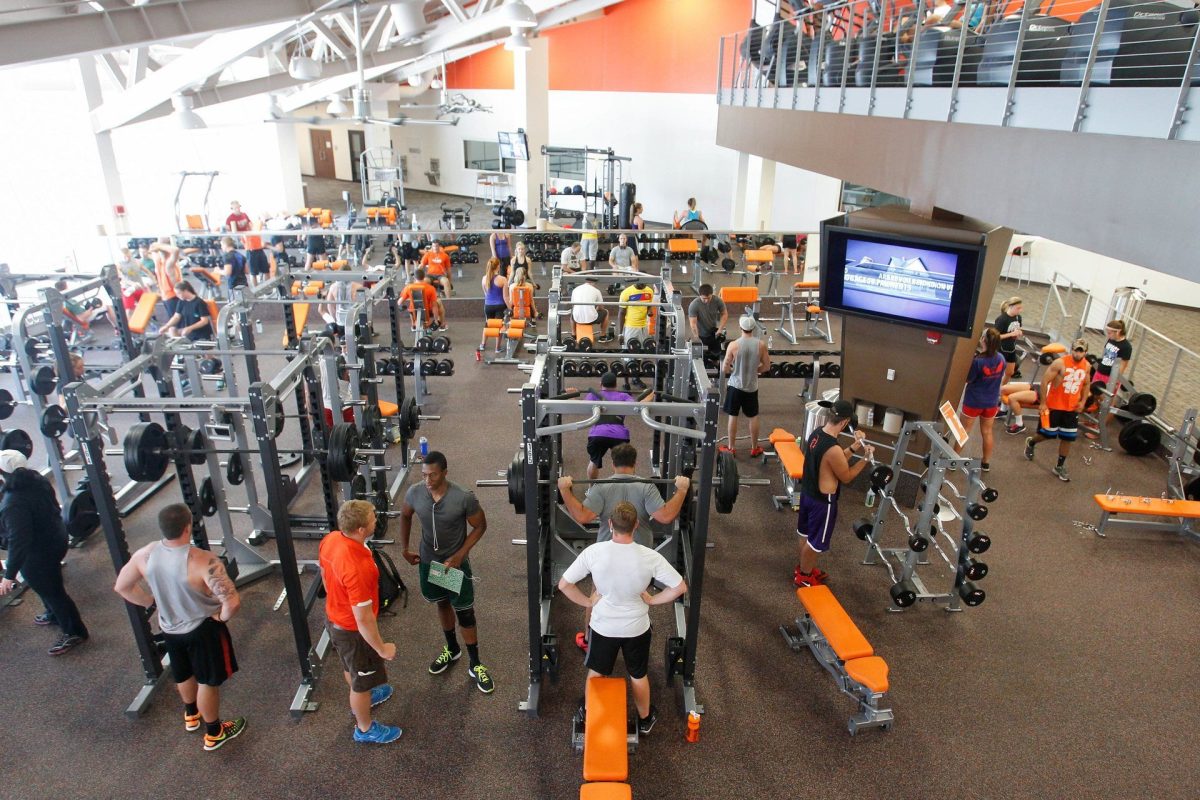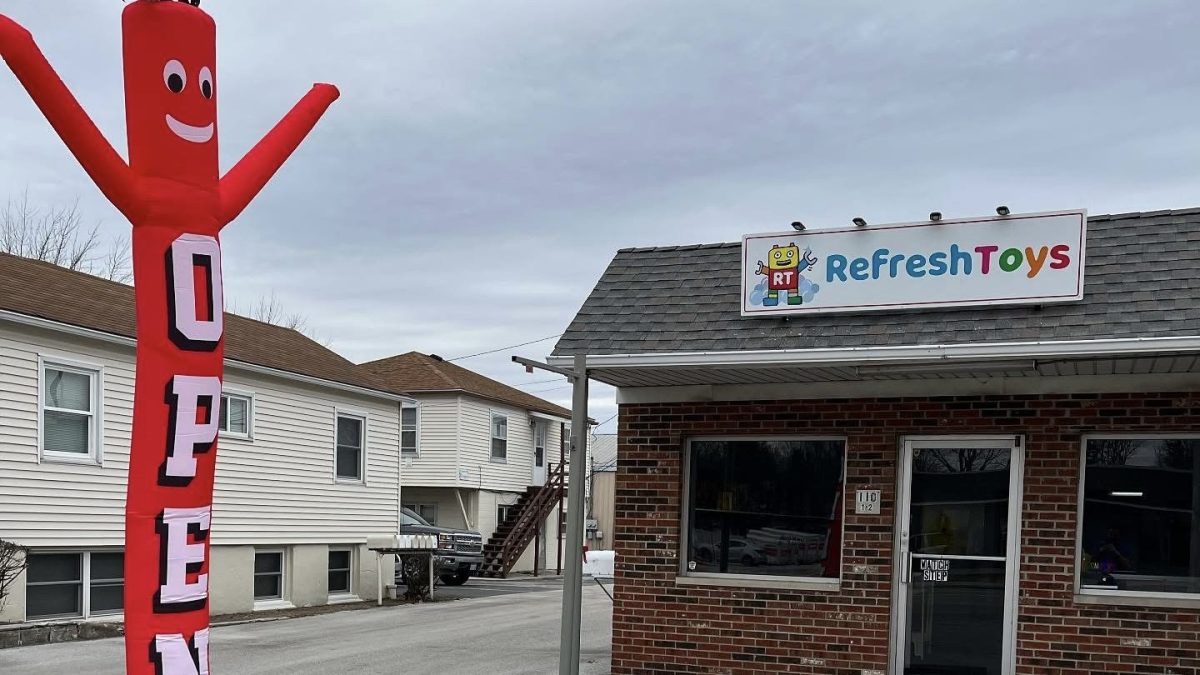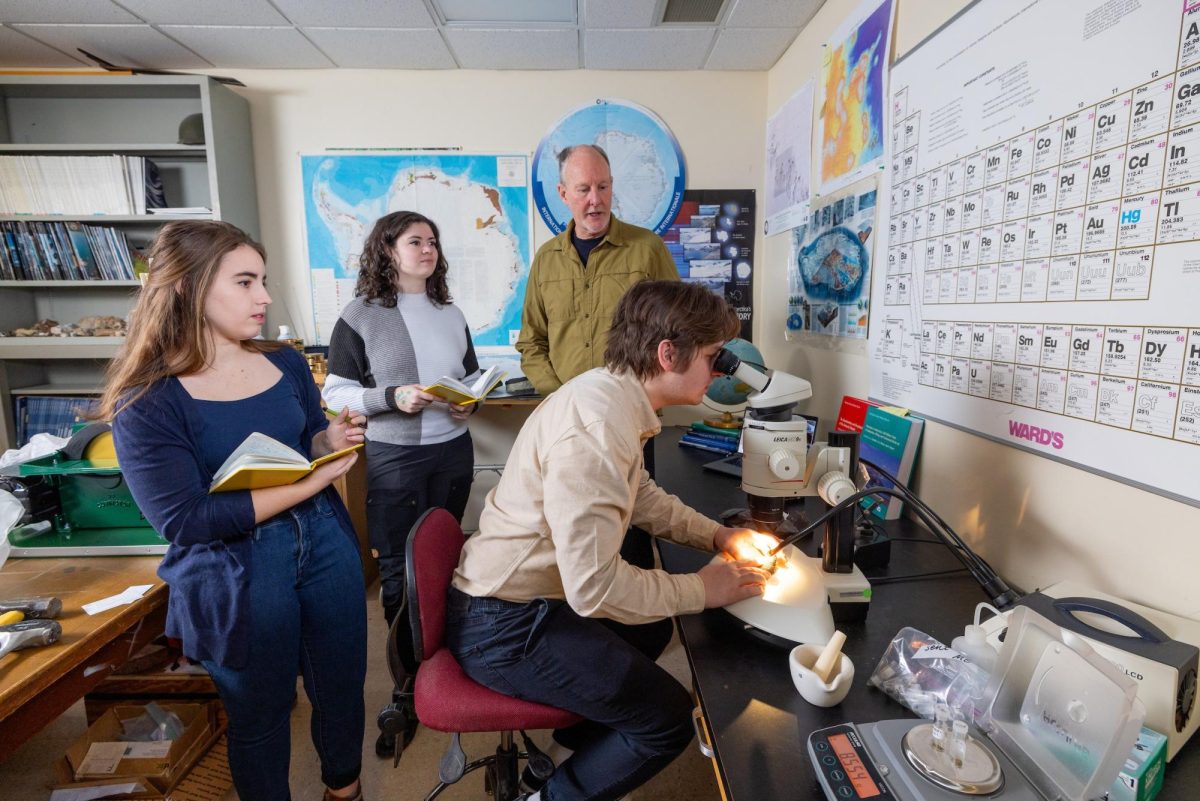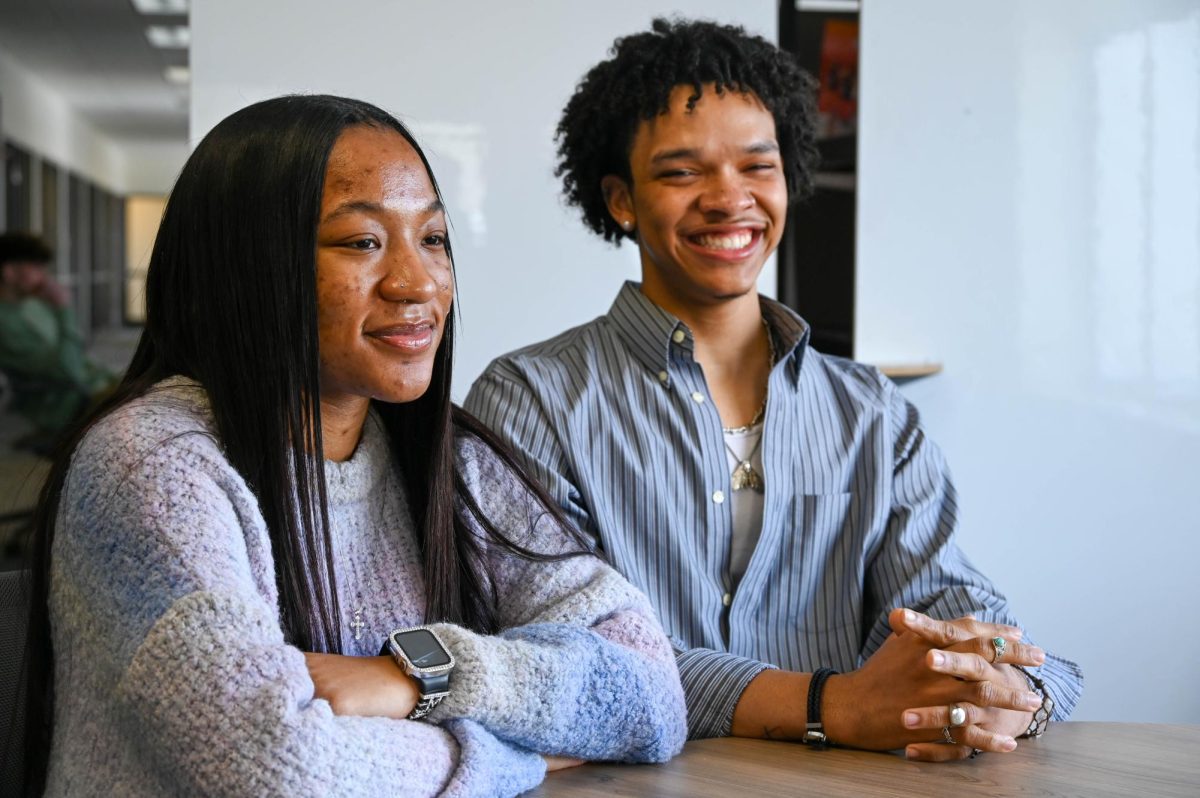As older technology has become obsolete, the University has replaced office phones with newer, more cost-effective ones.
The new system cost $2.5 million to implement, said Chief Information Officer John Ellinger.
He said each individual phone costs about $150, and 3,003 of the new phones were put into offices.
Before it was replaced, the old phone system was 12 years old, Ellinger said.
The older system cost $550,000 a year to maintain, which is the same amount the new system costs. Ellinger said the similar cost was one of the considerations made when looking for a new system.
“One of our considerations when we went [to get new phones] is trying to get to the point where the cost did not increase for us,” he said.
The installation of the new system was a shared service with Ohio State and Shawnee State, said Matthew Haschak, director of IT security and infrastructure.
One of the potential advantages of this shared service is the ability to cut down on the cost of calling those universities, making them local calls, Ellinger said.
Haschak said instead of needing copper wiring like the older phones, the new ones can be set up anywhere there is a network connection, similar to a computer.
“There’s a lot [more] longer term benefits financially that will be gained … when you go into this type of solution,” Haschak said. “We don’t have to run separate expensive copper wires into those locations.”
The new phones also aid law enforcement in responding to calls, Ellinger said.
With the old phone system, calling 911 would take someone to the Wood County Sheriff’s office. The new system now directs people to the University police.
The system also tells police what building and room the call is coming from.
While the basic functions of the phones are available, there are functions which still have yet to be implemented, such as video calling and listening to voicemail through email. Haschak said the University needs to make sure these features work properly before making them available to everyone.
“It takes a lot to roll all this stuff out,” he said.
Ellinger isn’t sure being able to hear voicemails through email will be implemented because of the legal issues associated with it.
“Up to this point, discoverable items always included emails,” Ellinger said. “Voicemails, not so much because we only keep them usually seven days on the server … If you convert voicemails to emails, now they become discoverable as an email would be.”
Jong Kwan Lee, assistant professor of computer science, said he likes the new phones. He likes the number of options and think they could be worthwhile.
“I like this one better; it’s got more options I can use,” he said.


